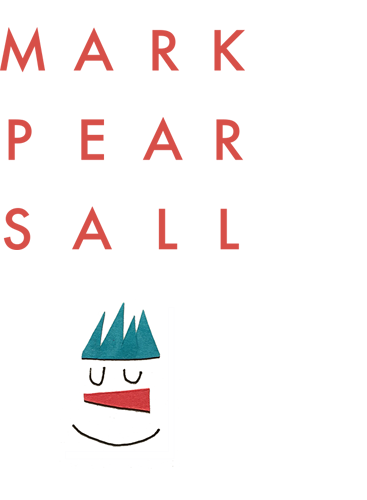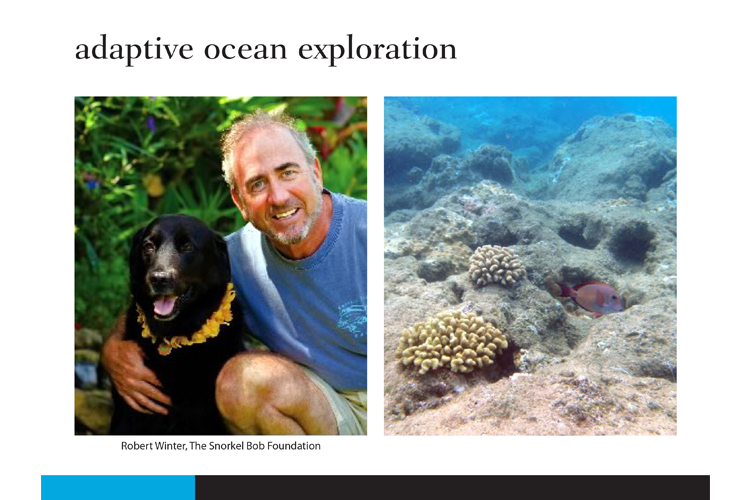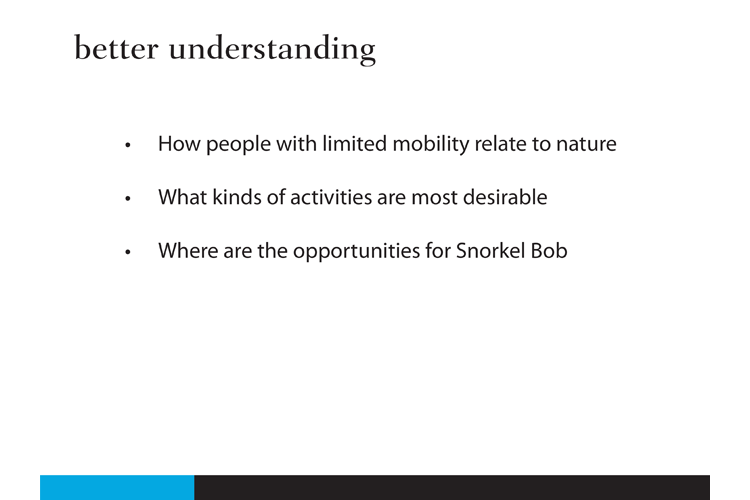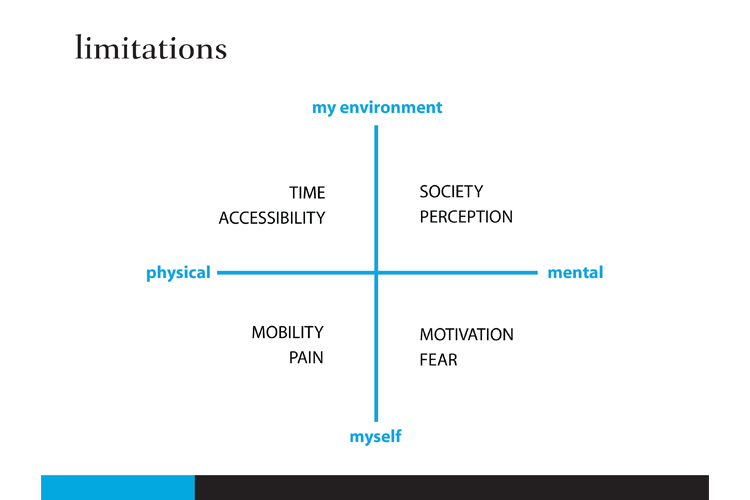Adaptive Ocean Exploration for People with Limited Mobility
California College of the Arts, Design Research, Fall 2011
SEARCH TANK
As part of a four person team we selected a hypothetical design research problem for a potential client — The Snorkel Bob Foundation. The Hawaii non-profit encourages ocean exploration by donating equipment to the Kauai Children's Discovery Museum and to six Pacific island nations. The RFP called for insights that would help the foundation increase their offering to people with limited mobility who would are interested in ocean exploration.
Roles & Responsiblities
In person interviews, both moderating and note taking
Creating frameworks and materials to support interview conversations
Surveying and recruiting potential participants
Group discussions and data synthesis
Video editing and audio transcription
Provide outcomes, recommendations and design of deliverables
Final group presentation of findings
Our final set of recommendations were building blocks which we called The Path to Actualization. These steps can be used as a guideline for Snorkel Bob when developing potential experiences and services. Each step builds on the previous one, with accessibility and trust being essential steps to an enjoyable experience. This model, inspired by Maslow's Hierarchy of Needs take in account a diverse set of individuals that may help deliver a unique and customized experience based on the person's comfort level. This model would take in account people who may just want to sit by the oceanside to those who want a more educations or independent experience.
We interviewed 10-12 participants with permanent conditions that limit their mobility as well as a scuba instructor from the Handicap Scuba Association. The criteria was that each participant had to be at least somewhat interested in ocean activities. Among our participants were people that were active scuba divers and sailors as well as those who sought more passive forms or ocean enjoyment. We created frameworks to lead the interview process, many activities such as card sorting, guided storytelling and image ranking encourage our participants to share their experiences and aspirations with us.
A complex matrix of limitations must be taken into account when making recommendations for our project. These limitations are not only physical, but also include environmental factors and psychological factors such as motivation and fear. The object for many participants was not so much as completing activities as it was connecting with people and nature.





